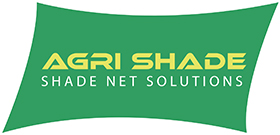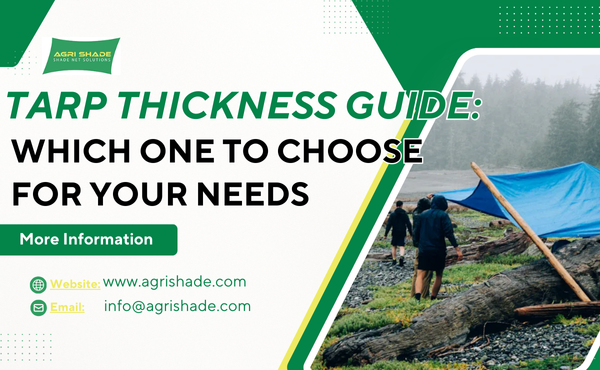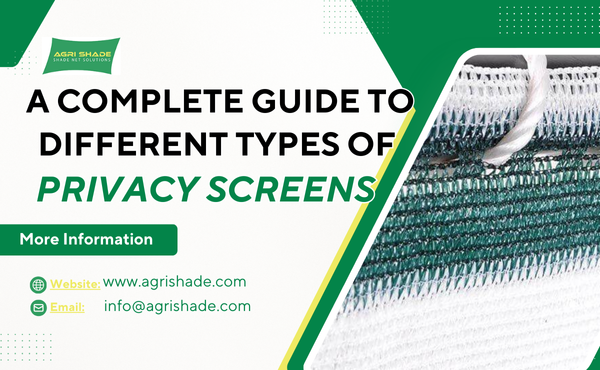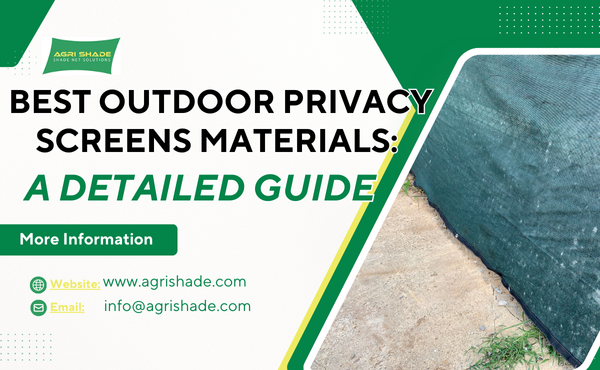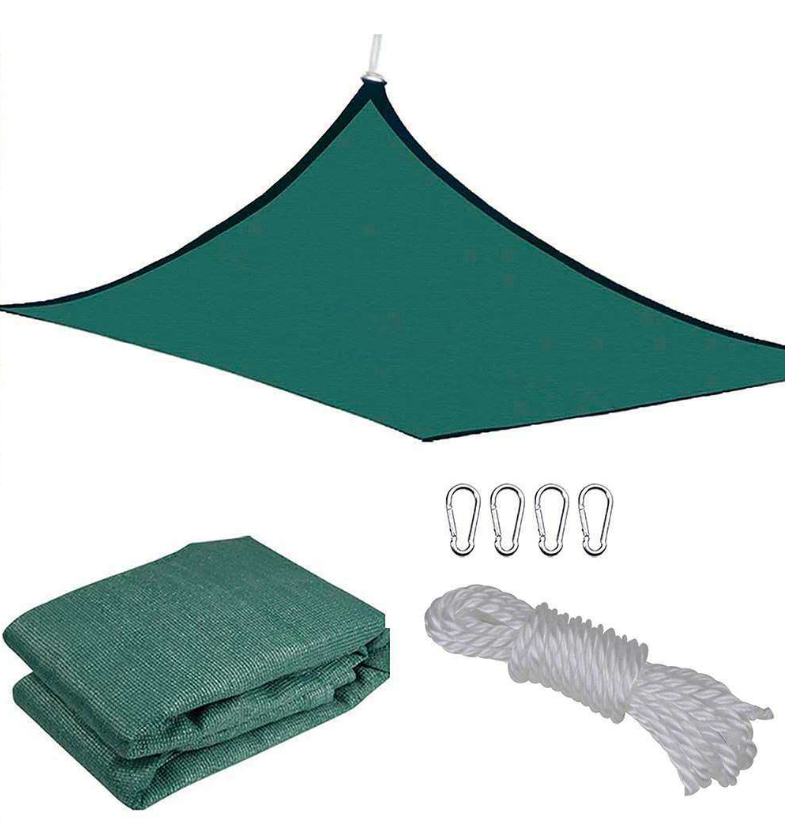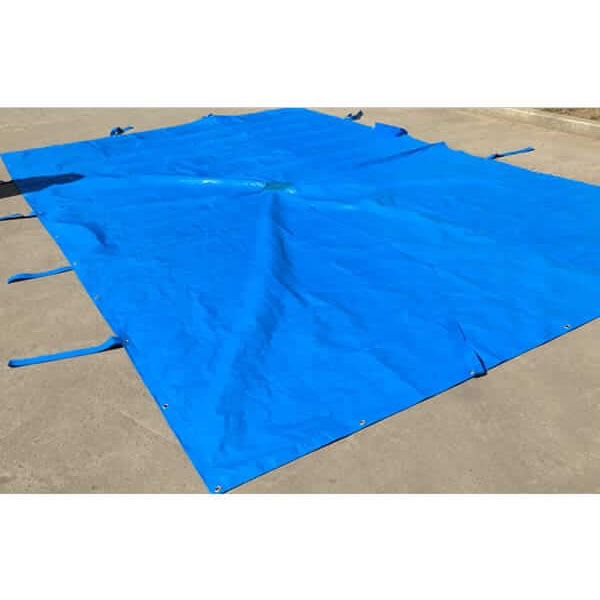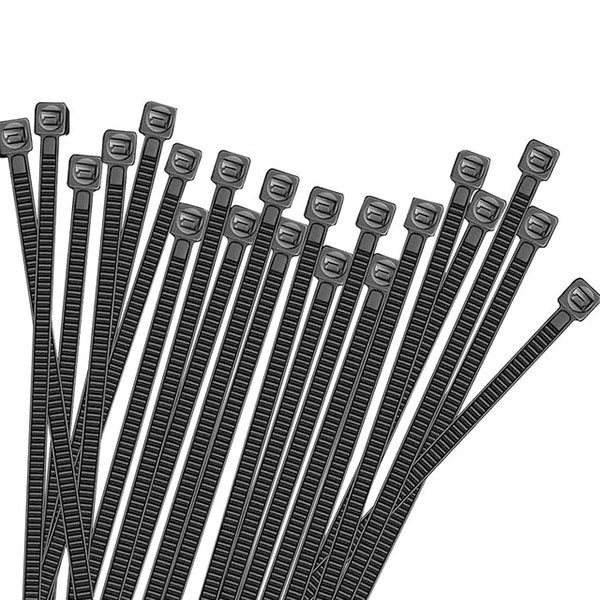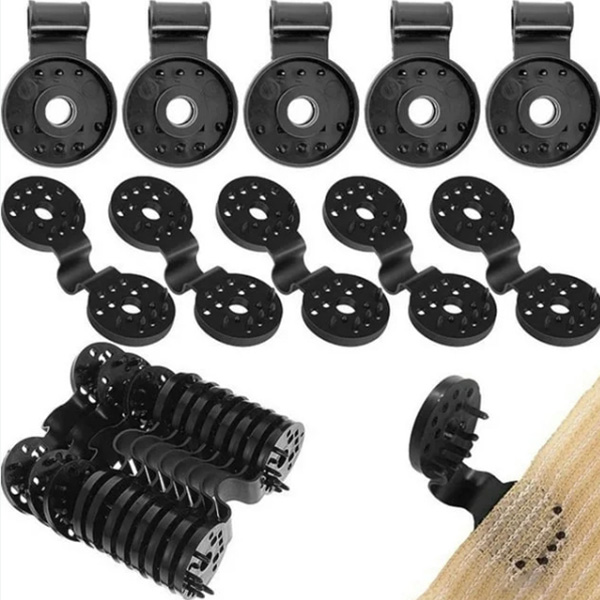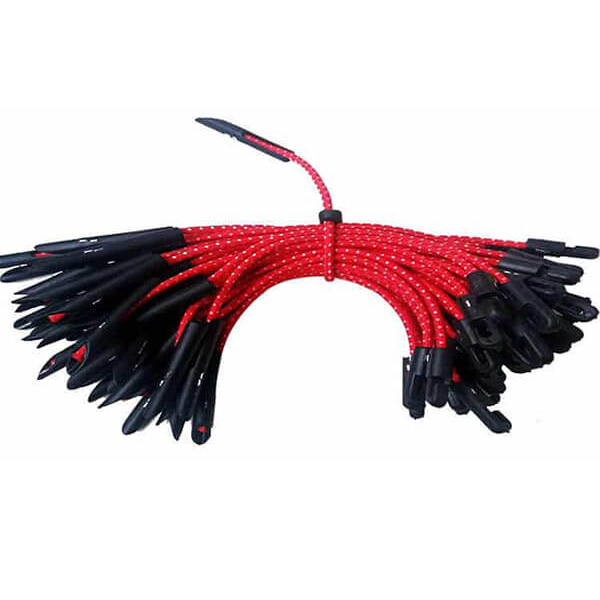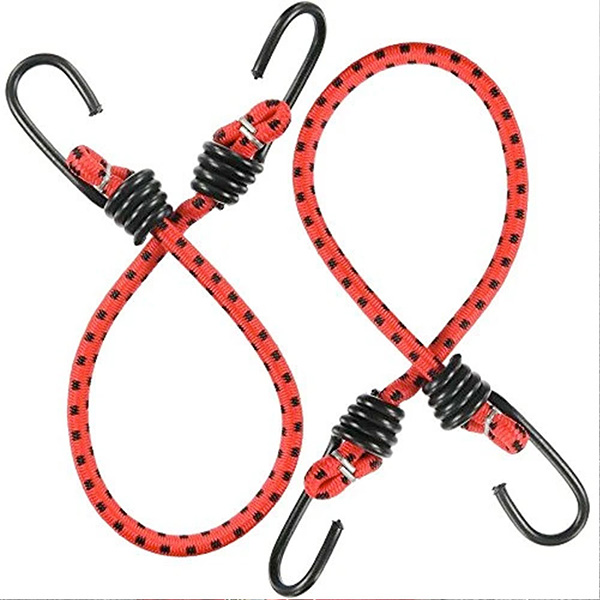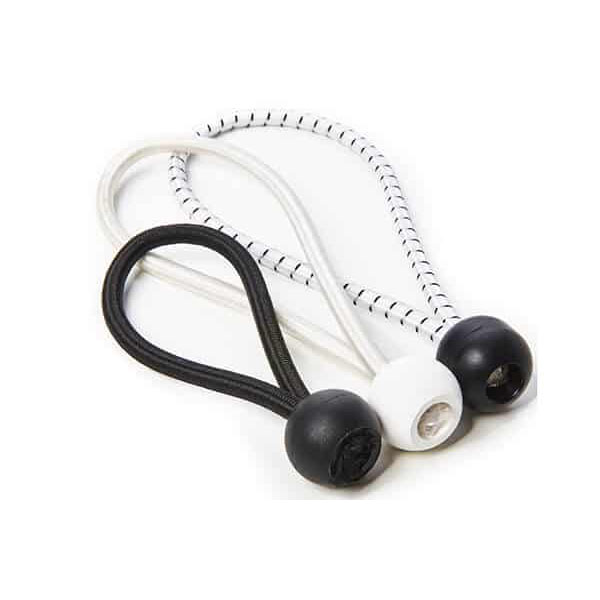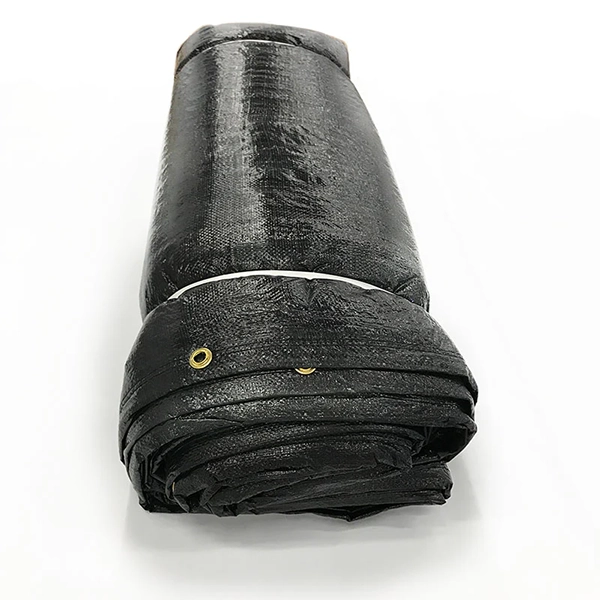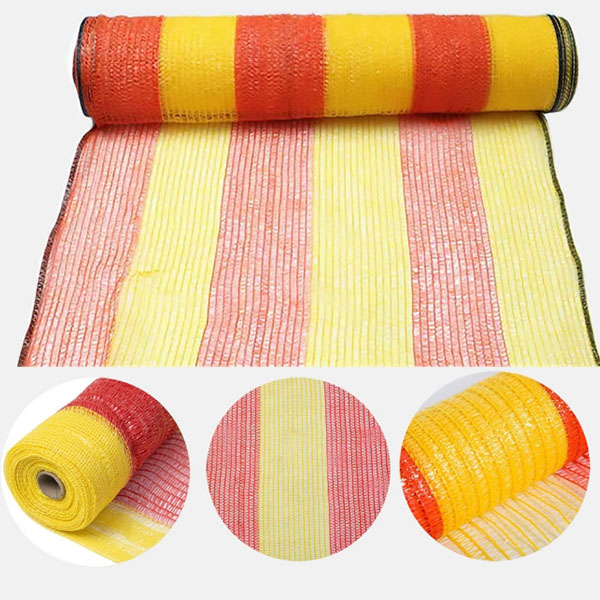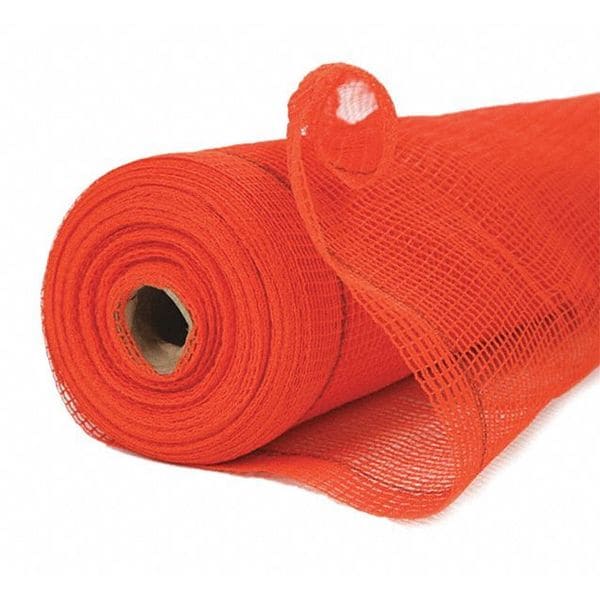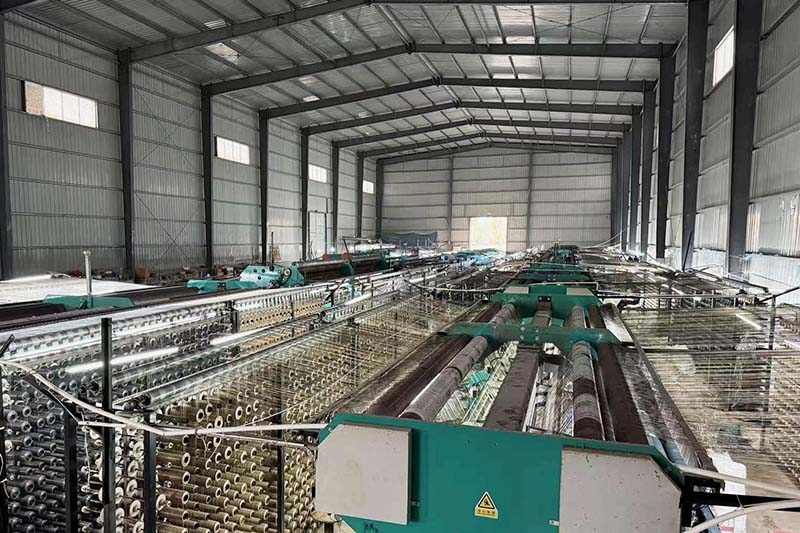In modern agriculture, controlling the growing environment is essential for maximizing yield and crop quality. One of the most effective tools is the agricultural shade net—and its success depends heavily on one key factor: shade percentage. But what does that percentage actually mean?
For large-scale farms, nurseries, and wholesale buyers, choosing the right shade density is a critical business decision. It protects crops, conserves resources, and drives profitability. This guide breaks down agricultural shade net percentages, helping you select the ideal density for your crops, climate, and application—while highlighting the benefits of customization and wholesale solutions.
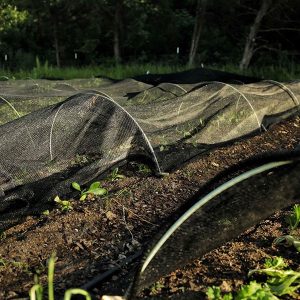
What Is Agricultural Shade Net Percentage?
The agricultural shade net percentage indicates the amount of sunlight the net blocks. For instance, a 40% shade net obstructs 40% of the sun’s light, allowing the remaining 60% to pass through to the plants below. This percentage is determined by the density of the net’s weave.
Think of it as a filter for sunlight. A higher percentage means a denser weave and more light blocked, creating a cooler, more shaded environment. Conversely, a lower percentage allows more light to penetrate, which is ideal for sun-loving plants that only need minimal protection from harsh afternoon rays. This careful management of light transmission is fundamental to modern horticulture and is a key specification for any wholesale order.
Why Shade Percentage Is Crucial for Commercial Crop Performance
Selecting the appropriate shade net for plants directly influences their development and, consequently, your bottom line. The right percentage creates a stable microclimate that can significantly enhance growth, while the wrong one can hinder it, leading to reduced yields and financial loss.
Here’s how it impacts performance on a commercial scale:
- Temperature Regulation: By blocking a portion of solar radiation, shade nets can lower ambient temperatures by several degrees. This reduces heat stress on plants, prevents leaf scorch, and creates a more comfortable working environment, which is critical for large greenhouse and nursery operations.
- Improved Photosynthesis: While plants need light, excessive direct sunlight can cause photoinhibition, a state where photosynthesis slows down or stops, stunting growth. A shade net modulates light to an optimal level, ensuring consistent energy production for healthy development across your entire crop.
- Water Conservation: Lower temperatures lead to reduced evaporation from the soil and less transpiration from the plants. For large-scale farms, this translates directly into significant water conservation and reduced irrigation costs.
- UV Protection: High-quality nets offer protection from harmful UV rays, safeguarding both the plants and the longevity of the net itself—a crucial factor for the durability and ROI of a bulk investment.
Common Shade Percentages and Their Primary Commercial Uses
Choosing the right shade net percentage for plants depends entirely on the crop’s specific needs and the scale of your operation.
1. 20-40% Shade (Light Shading)
This is the best shade net for vegetables and fruits that love the sun but need protection from intense heat, such as tomatoes, peppers, cucumbers, and melons. A 30% shade net is a popular choice for large open-field farms in temperate climates to prevent sunscald and improve fruit quality without limiting growth.
- Wholesale Application: Ideal for commercial growers of fruiting vegetables looking to protect vast acreages from peak sun intensity.
2. 50-60% Shade (Moderate Shading)
A 50% shade net is highly versatile and ideal for a wide range of plants, including leafy greens like lettuce and spinach, as well as for general nursery use and greenhouse cultivation. This range provides a balanced environment for plants that require partial shade.
- Wholesale Application: The go-to choice for commercial greenhouses and nurseries that cultivate a diverse range of plants and need a reliable, all-purpose shading solution.
3. 70-80% Shade (Heavy Shading)
This density is reserved for shade-loving plants like orchids, ferns, and anthuriums. A 70% shade net is also a common choice for greenhouse shade net types used during the sensitive propagation phase or in extremely hot, arid climates to drastically reduce temperatures.
- Wholesale Application: Essential for specialized nurseries focusing on ornamental and shade-loving plants, and for agricultural businesses in desert regions.
4. 90% Shade (Maximum Shading)
Primarily used for non-growing applications such as storing materials, creating livestock shelters, or providing shade for personnel and equipment. It is generally too dark for most commercial crops.
- Wholesale Application: Purchased in bulk by farms for infrastructure needs, including protecting livestock and reducing heat on storage buildings.
A Direct Comparison: 30% vs. 70% Shade Net
The difference between a low and high percentage is significant and illustrates the importance of a tailored approach.
A 30% shade net is designed for protecting plants from sunlight while still encouraging vigorous, sun-fueled growth. It’s a tool for mitigation, shaving off the harshest intensity of the sun to prevent damage. Commercial tomato or pepper farms use this to maximize marketable yield.
In contrast, a 70% shade net is designed to create a fundamentally different environment. It transforms a sun-drenched area into a cool, shaded sanctuary. This is not for mitigation but for cultivation of plants whose light requirements are naturally low. A commercial orchid grower cannot succeed without this level of shade.
How to Choose the Right Shade Net for Your Business
For a B2B buyer, the selection process must be strategic.
- Assess Crop-Specific Light Requirements: Analyze the needs of the crops you are growing at scale. A single operation might require different shade percentages for different greenhouses or fields. Documenting the specific light requirements for plants you cultivate is the first step.
- Evaluate Your Climate and Location: A farm in Arizona will have vastly different shading needs than one in the Pacific Northwest. Factor in your region’s average temperature, sun intensity, and seasonal changes.
- Consult with Experts for Custom Solutions: The most effective and cost-efficient approach for large-scale needs is to seek professional guidance. We specialize in providing tailored solutions for B2B clients. By discussing your specific crops, climate, and operational goals, we can recommend the ideal shade percentages and materials for your business.
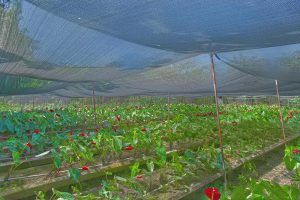
Customization in Shade Net Percentage
At Agrishade, we offer customizable shade net percentages to meet the specific needs of commercial agriculture, horticulture, and industrial clients. Whether you’re cultivating light-sensitive crops or managing microclimates in high-sun regions, selecting the right shade level—ranging from 30% to 90%—is critical for performance and yield.
Tailored Shade Levels for Professional Use:
- 30–50%: Ideal for nurseries, vegetables, and ornamentals
- 50–70%: Suitable for fruit trees, orchids, and tropical crops
- 75–90%: Designed for livestock, storage areas, and high-heat zones
Why Customization Matters:
- Optimize crop quality across seasons and regions
- Protect investments with UV-stabilized materials
- Support multiple applications, from greenhouses to construction sites
Partner with us to get bulk orders, custom shade ratios, and fast global delivery. Our shade nets are engineered for durability, efficiency, and long-term performance in demanding environments.
Conclusion
Selecting the correct shade net percentage is a foundational decision that impacts everything from plant health to your operational budget. It’s a science of balancing light, temperature, and crop needs to create the perfect growing environment.For agricultural businesses, making this choice correctly means healthier crops, higher yields, and greater profitability.
Contact our experts today to discuss your wholesale and custom shade net requirements. We are ready to provide a personalized consultation and quote to help you find the perfect shading solution for your agricultural operation.
Frequently Asked Questions (FAQs)
1. What is the best shade percentage for a commercial greenhouse?
This depends on your crops and climate, but 50% to 70% shade nets are the most common choices. They offer a flexible balance of light filtration and temperature reduction suitable for a wide variety of plants.
2. Can I order custom-sized shade nets for my entire farm?
We specialize in fulfilling custom, large-volume orders for agricultural businesses. Providing us with your specifications ensures you get a product perfectly tailored to your needs.
3. How does the color of the shade net matter?
Color can influence plant growth. Black nets provide the best shade and heat reduction. White nets diffuse light, reducing shadows and lowering temperatures without drastically cutting light levels. Colored nets (like red or blue) can manipulate the light spectrum to encourage specific growth characteristics, such as flowering or stem length.
